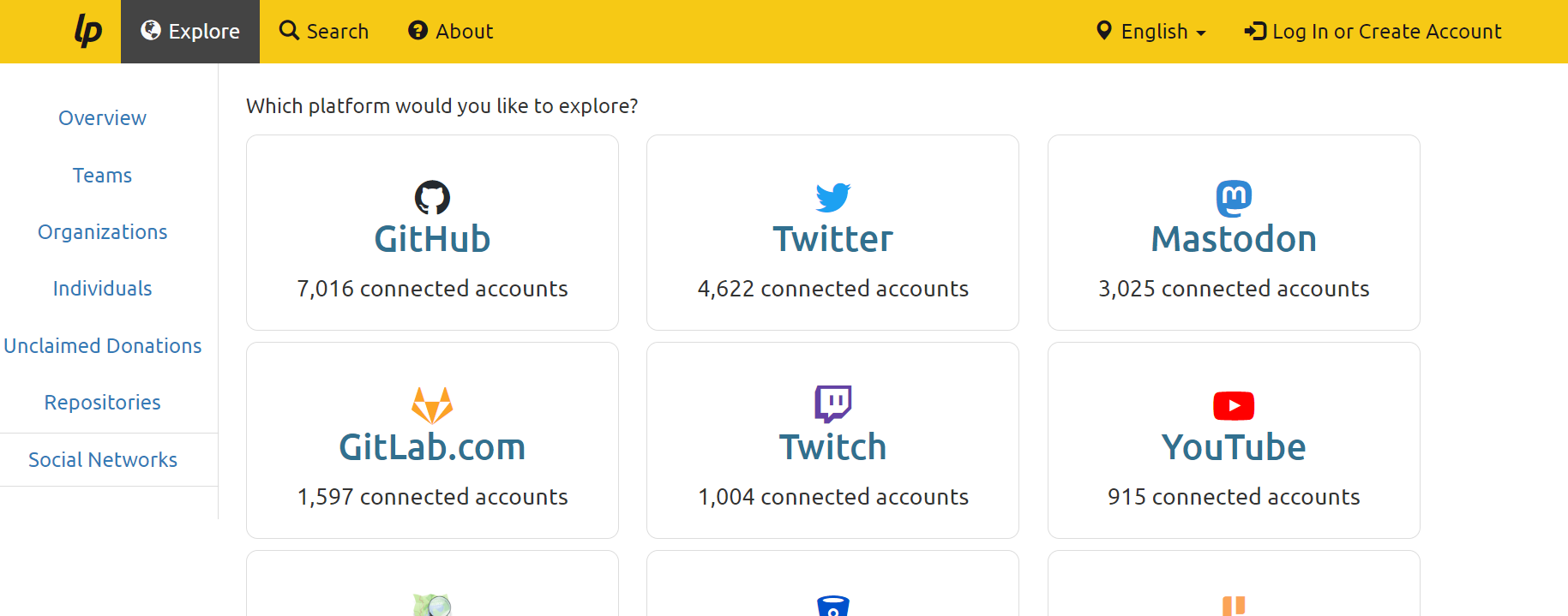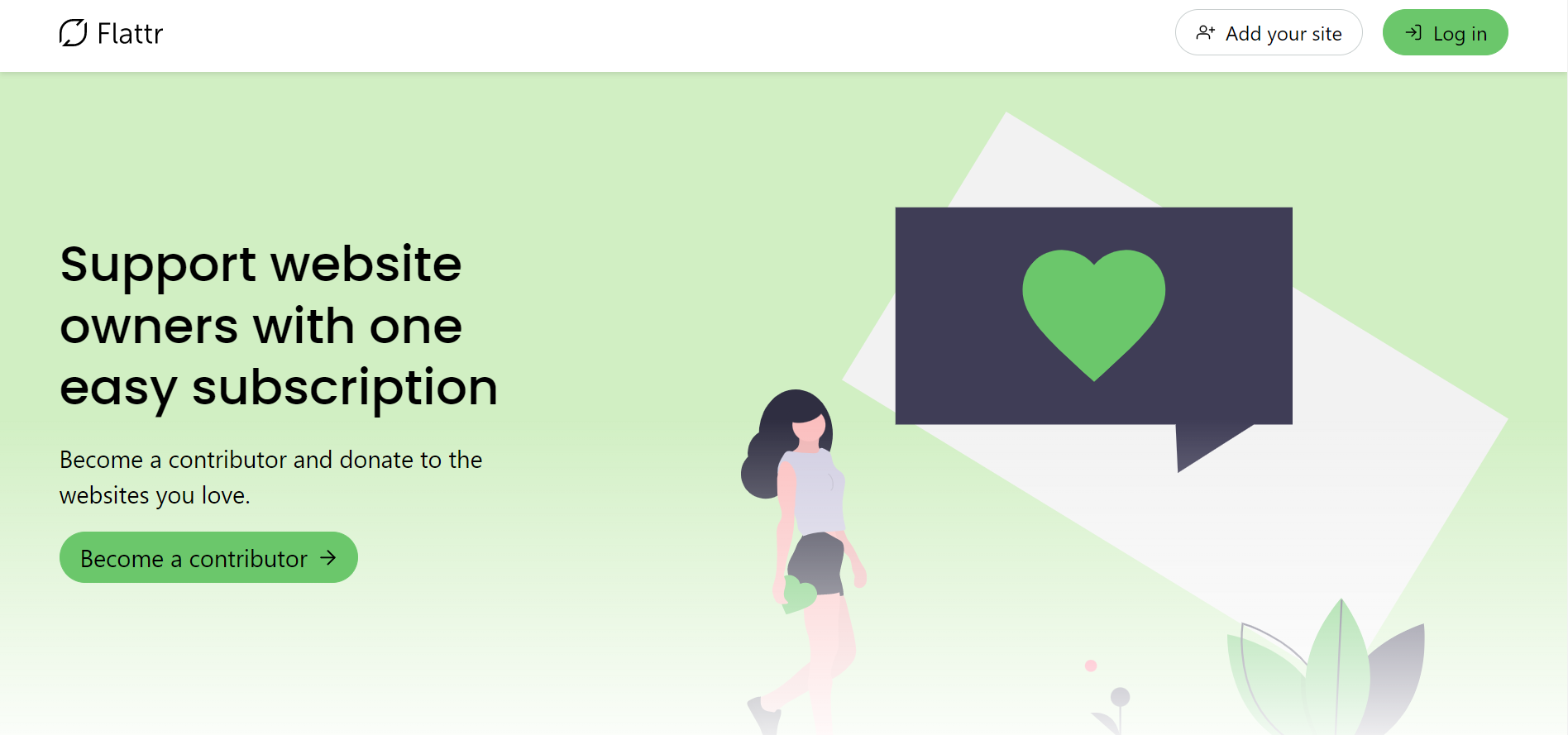OnlyFans Alternatives | Similar Sites Like OnlyFans
- 0.1 Top 10 OnlyFans Alternatives
- 0.2 Bandcamp
- 0.3 Liberapay
- 0.4 Open Collective
- 0.5 Patreon
- 0.6 Flattr
- 0.7 Coindrop
- 0.8 Ko-fi
- 0.9 Buy Me A Coffee
- 0.10 MintMe
- 0.11 SubscribeStar
OnlyFans is a paid subscription-based social media platform primarily used for the sharing of adult content. Users can earn money by creating and sharing content with their subscribers.
Features of OnlyFans include:
- Subscription-based model for access to content
- The ability for creators to earn money through subscriptions and tips
- Wide variety of content including videos, photos, and text posts
- Direct messaging and interactions with fans
Top 10 OnlyFans Alternatives
Bandcamp
Bandcamp is a website that allows independent musicians and record labels to sell their music and merchandise directly to consumers.
Features of Bandcamp include:
- The ability for artists to sell music, merchandise, and tickets directly to fans
- Customizable artist pages with bio, tour dates, and discography
- Fan-to-artist messaging and direct downloads of music
- Bandcamp app for streaming music on mobile devices
Liberapay
Liberapay is a recurring donation-based crowdfunding platform similar to Patreon, but it’s open-source and non-profit.
Features of Liberapay include:
- Recurring donation-based model for supporting creators
- No transaction fees for donations
- Open-source and non-profit
- Multi-language support
Open Collective
Open Collective is a platform for supporting open-source projects and communities through recurring funding.
Features of Open Collective include:
- Recurring donation-based model for supporting open-source projects
- Transparent financials and expenses
- The ability for projects to have multiple funders and expenses
- Integration with Github for tracking contributions
Patreon
Patreon is a platform that allows creators to earn money through recurring payments from their fans or patrons.
Features of Patreon include:
- Recurring payment-based model for supporting creators
- Customizable creator pages with bio, goals, and rewards
- Direct messaging and interactions with fans
- Integration with other platforms such as YouTube and Instagram.
Flattr
Flattr is a micropayment platform that allows users to make small payments to content creators. It was launched in 2010 and is known for its simplicity and ease of use.
One of the main features of Flattr is its one-click payment system, which allows users to quickly and easily make payments to creators. Additionally, Flattr has a reputation for being a platform that is friendly to creators, with a supportive community and a variety of tools to help creators monetize their work. However, Flattr’s reach is limited compared to the other platforms, and it may not be the best option for creators looking to reach a wider audience.
Coindrop
Coindrop is a micropayment platform that allows users to make payments in cryptocurrency. It was launched in 2018 and is known for its focus on privacy and security.
One of the main features of Coindrop is its use of blockchain technology, which allows for secure and private transactions. Additionally, Coindrop has a reputation for being a platform that is friendly to creators, with a supportive community and a variety of tools to help creators monetize their work. However, Coindrop’s reach is limited compared to the other platforms, and it may not be the best option for creators looking to reach a wider audience.
Ko-fi
Ko-fi is a simple and easy-to-use platform that allows creators to receive payments from their followers. It was launched in 2011 and is known for its simplicity and ease of use.
One of the main features of Ko-fi is its one-click payment system, which allows users to quickly and easily make payments to creators. Additionally, Ko-fi has a reputation for being a platform that is friendly to creators, with a supportive community and a variety of tools to help creators monetize their work. However, Ko-fi’s reach is limited compared to the other platforms, and it may not be the best option for creators looking to reach a wider audience.
Buy Me A Coffee
Buy Me A Coffee is a platform that allows creators to receive payments from their followers in exchange for exclusive content and perks. It was launched in 2018 and is known for its focus on community building and engagement.
One of the main features of Buy Me A Coffee is its focus on community building, which allows creators to connect with their followers on a more personal level. Additionally, Buy Me A Coffee has a reputation for being a platform that is friendly to creators, with a supportive community and a variety of tools to help creators monetize their work. However, Buy Me A Coffee’s reach is limited compared to the other platforms, and it may not be the best option for creators looking to reach a wider audience.
MintMe
MintMe is a platform that allows creators to monetize their work by creating their own cryptocurrency tokens. It was launched in 2018 and is known for its use of blockchain technology.
One of the main features of MintMe is its use of blockchain technology, which allows for secure and transparent transactions. Additionally, MintMe has a reputation for being a platform that is friendly to creators, with a supportive community and a variety of tools to help creators monetize their work. However, MintMe’s reach is limited compared to the other platforms, and it may not be the best option for creators looking to reach a wider audience.
SubscribeStar
SubscribeStar is a subscription-based platform that allows creators to monetize their work by receiving recurring payments from their followers. It was launched in 2015 and is known for its flexibility and ease of use. One of the main features of Subscribestar is its ability to accept multiple forms of payment, including PayPal and cryptocurrency.
Additionally, Subscribestar offers a variety of tools to help creators manage their subscriptions and communicate with their followers. However, Subscribestar has been criticized for its association with controversial content creators and a lack of transparency in its moderation policies.



























